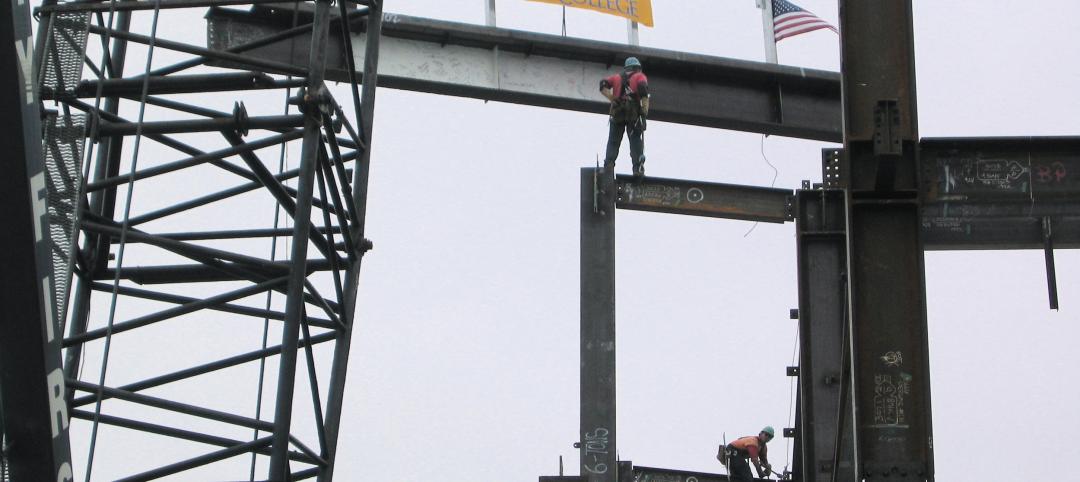For the past two years, the National Building Museum has put up a temporary mini-golf course for visitors to play in. But this year, they're taking museum-goers to a different place: a maze.
The maze was designed by Bjarke Ingels Group (BIG) and is a precursor to an exhibit (set for January 2015) showcasing some of the firm's projects. To navigate the maze, people must look up. Cathy Frankel, vice president for exhibitions and collections at the museum, told the Washington Post that the museum's “ubergoal is that people walk out of here looking at their built world differently. We think this is sort of on the microlevel of that—forcing people to look up [as they try to find their way through the maze] will make them look at our building differently.”
The maze actually gets easier as you go along, with the walls starting at 18 feet high and getting shorter towards the end. Frankel estimates that it takes about 40 minutes to navigate the 3,600-sf maze.
Placed in the museum's Great Hall, the maze's location may actually make it more difficult to complete. The hall is more or less symmetrical, and the walls are fairly similar, so only those sharp enough to figure out if they're facing north or south will be able to determine their location in the maze from the features of the larger room.
Related Stories
| Mar 26, 2012
McCarthy tops off Math and Science Building at San Diego Mesa College
Designed by Architects | Delawie Wilkes Rodrigues Barker, the new San Diego Mesa College Math and Science Building will provide new educational space for students pursuing degree and certificate programs in biology, chemistry, physical sciences and mathematics.
| Mar 26, 2012
Los Angeles County to host free green building training
Opportunity for residential and commercial building professionals to gain insight on state and county green building standards and regulations.
| Mar 26, 2012
Ball State University completes nation's largest ground-source geothermal system
Ball State's geothermal system will replace four aging coal-fired boilers to provide renewable power that will heat and cool 47 university buildings, representing 5.5-million-sf on the 660-acre campus.
| Mar 22, 2012
Hawaiian architecture firm chooses FRP trellis system over traditional materials
MGA Architecture plans to add five more trellis systems on the neighboring building.
| Mar 22, 2012
Moline Public Library uses copper as an exterior building material
Architects incorporate decorative copper panels to create the look of a heavy plate copper shingle.
| Mar 21, 2012
10 common data center surprises
Technologies and best practices provide path for better preparation.
| Mar 21, 2012
ABI remains positive for fourth straight month
Highest spike in inquiries for new projects since 2007.
| Mar 21, 2012
Iowa’s Mercy Medical Center’s new Emergency Department constructed using Lean design
New Emergency Department features a "racetrack" design with a central nurses' station encircled by 19 private patient examination rooms and 2 trauma treatment rooms.
| Mar 21, 2012
Clary, Hendrickson named regional directors for HDR Architecture
New directors will be responsible for expanding and strengthening the firm throughout the central region.
| Mar 20, 2012
FMI releases 2012 first quarter construction outlook
The last time construction put in place was at this level was 2000-2001.
















